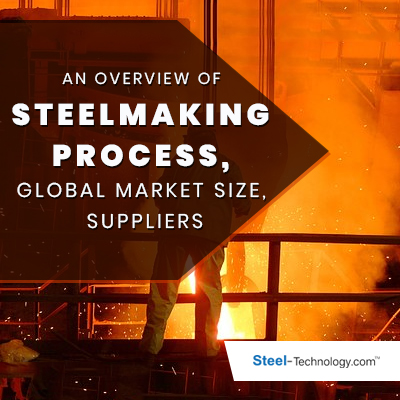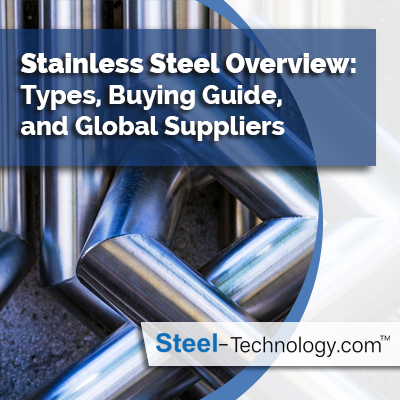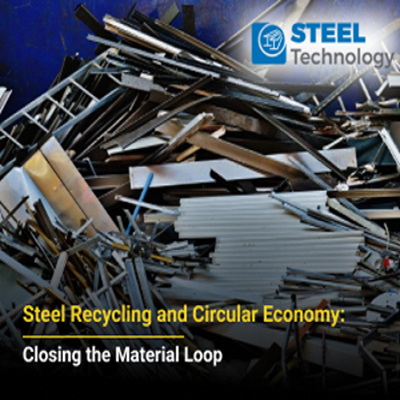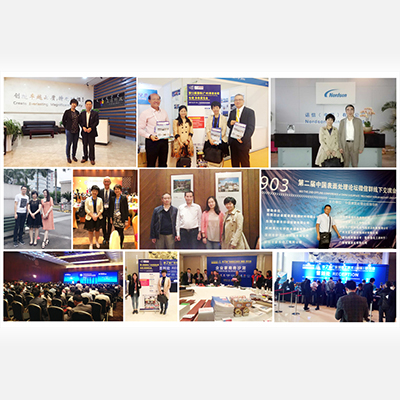How is Quenched and Tempered Steel Made?
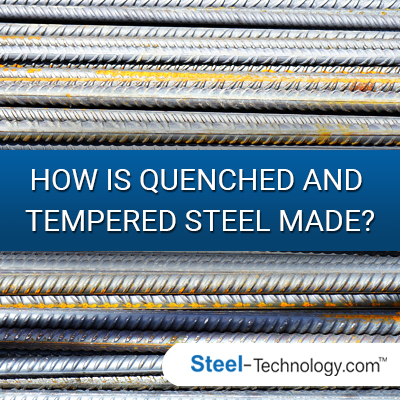
Introduction
Quenched and tempered steel is a high strength and abrasion resistant steel with high fabrication qualities and mechanical properties. To increase the hardness and strength of steel, it is subjected to processes such as quenching and tempering.
On the other hand, the process of quenching comprises heating of steel, which is followed by immediate cooling in water, oil, and forced air or inert gases such as nitrogen. With respect to various parameters such as heating temperature, cooling method, cooling speed, this process of quenching is monitored and controlled.
Steel will be subjected to tempering to attain greater toughness and ductility by decreasing hardness, after the completion of the steel quenching process to a required hardened state.
Heating the steel to below the critical point for a certain period of time is required to achieve tempering and it needs to be cooled in still air at a particular cooling rate.
Parameters such as heating temperature and time are dependent on hardness and mechanical properties of the steel desired. Steel becomes less ductile and more brittle after the tempering process, that too without compromising hardness. The steel becomes more harder and tougher, as a result of these two processes.
Where Quenched & tempered steel is used?
In addition, quenched and tempered steel is used in plants, machinery and in equipment where greater abrasion resistance is coupled with higher strength is must for applications such as earth moving, mining, and construction.
Quenched & tempered steel is ultimate choice for low weight applications that require high carrying capacity as it has high yield strength. This steel is also used in construction sites in dumping truck bodies, storage bins, and hoppers, as it is light weight and maintains the required strength.
Segmentation of Quenched and Tempered Steel
Quenched and Tempered Steel is segmented in terms of grades such as:
a) Grade 80
b) Grade 400
c) Grade 500
Grade 80 steel - It is a high hardness, abrasion-resistant steel with appropriate carbon percentage to optimize welding. When it is provided low hydrogen consumables, Grade 80 steel can be welded to itself and other grades of steel.
Grade 400 steel - It is a high hardness, abrasion-resistant steel. Grade 400 plate can be successfully cold formed, provided allowances are made for the high strength of the steel.
Grade 500 steel - Grade 500 is a medium carbon, high hardness, and abrasion-resistant steel. It offers long shelf life in sliding applications such as dump truck wear liners, earthmoving buckets, cutting edges, and ground-engaging tools.
The quenched & tempered steel is used in various markets such as automotive, construction, mining, industrial equipment & machinery, storage tanks, and others.
Global Market Overview - Quenched and Tempered Steel
According to a report, the quenched & tempered steel market is estimated to grow from USD 102.36 Billion in 2017 to USD 121.77 Billion by 2022, at a CAGR of 3.53%.
Global quenched and tempered steel market is being fuelled by various significant factors such as rising demands, technological development, customer anticipation, pricing structure, and trade regulations.
Benefits of quenched & tempered Steel
With the tempering of quenched steel, it becomes more ductile and less brittle without losing too much hardness. It is the combination of these two processes that produces a harder, tougher steel that’s more weldable and ductile than ordinary carbon steel.
It contains the toughness-factor means greater resistance to wear and abrasion. For this reason, quenched and tempered steel is used in machinery and structures where greater abrasion resistance and higher yield strength such as quarrying, mining, earthmoving and construction etc are required.
Common applications of quenched & tempered steel
Quenched and tempered plate steel is used in various applications such as:
• Storage tanks (80 Grade)
• Bridges and high-rise buildings (80 Grade)
• Excavator and loader buckets (80 Grade)
• Deflector plates (400 Grade)
• Gear wheels (400 Grade)
• Cutting edges (500 Grade)
• Earthmoving buckets (400 & 500 Grade)
• Dump truck wear liners (500 Grade)
• Chutes (80 Grade, 400 and 500)
• Low Loader Trailers (80 Grade)
What does the quenching and tempering process involve?
The quenching and tempering process is carried out to strengthen materials such as steel and iron based alloys, to make them extremely tough. Moreover, the process of quenching is also known as quench hardening.
The quenching and tempering process involves the heating of materials to extreme temperature, followed by cooling via water, air, oil or using inert gases such as nitrogen.
The complete process must be monitored and every stage of the process must be done with precision. In this process, heating temperature, the cooling methods used, the types of substances used to cool, and the time taken to allow the steel to cool must be examined.
After the quenching process, the material will be at its hardest state. The next step of the process is known as tempering. The tempering process involves achieving greater ductility and toughness by decreasing hardness.
Heating process needs to be carried out in the tempering process. Heating must be done to the quenched materials to just below the critical point for a period of time and then allocating it to cool.
It is important that the temperature and the heating time change depending on the composition of the material. Determining the right temperature and duration will give the fabricator the opportunity to optimise the material so that it meets the exact hardness requirements.





